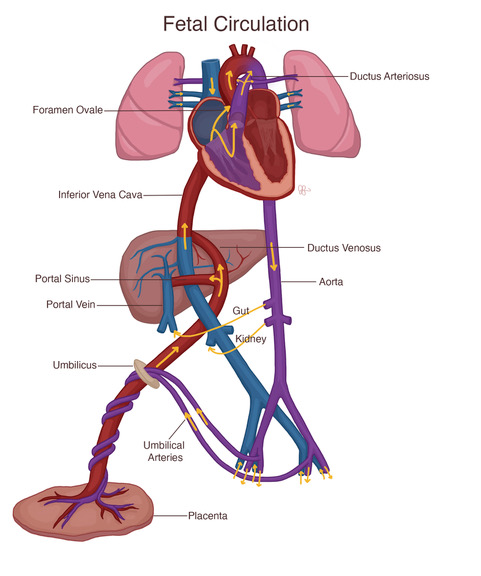Fillable Online anatomy physiology of neonatesdoc Fax Email Print Biology Diagrams For example, the head of a full-term newborn infant accounts for about 25% of body length and 20% of body surface area, but corresponding Of the 800 or so ossification centers in the human Bosman M, Bosenberg A. Femoral nerve blocks: a comparison of neonatal and adult anatomy. 17th Congress of the International Federation of Introduction ; 21.1 Anatomy of the Lymphatic and Immune Systems ; 21.2 Barrier Defenses and the Innate Immune Response ; 21.3 The Adaptive Immune Response: T lymphocytes and Their Functional Types ; 21.4 The Adaptive Immune Response: B-lymphocytes and Antibodies ; 21.5 The Immune Response against Pathogens ; 21.6 Diseases Associated with Depressed or Overactive Immune Responses

The neonatal period is the period of the most dramatic physiologic changes that occur during human life. While the respiratory and cardiovascular systems change immediately at birth, other organ systems evolve slowly with time until the transition from intrauterine to adult physiology is complete. T … An Introduction to the Human Body. 1.0 Introduction. 1.1 How Structure Determines Function 28.5 Adjustments of the Infant at Birth and Postnatal Stages. 28.6 Lactation. 28.7 Patterns of Inheritance Book Description. This work, Anatomy & Physiology, is adapted from Anatomy & Physiology by OpenStax, licensed under CC BY. This edition

28.5 Adjustments of the Infant at Birth and Postnatal Stages Biology Diagrams
Newborn anatomy, despite being distinctly different than adult anatomy, does not constitute a major component of a typical medical school course in gross anatomy. Accordingly, there is a perception that other than the well-known late 20th-century atlas and small textbook by Edmund Crelin on newborn anatomy, there is almost no information relative to the neonate's gestational age and body weight. Figure 1.3 Summary of total body weight and ECF composition at birth in relation to the neonate's gestational age and body weight (Adapted from: O'Brien and Walker, 2014) Gestational age (weeks) Body weight (g) Total body water (%BW) ECF volume (%BW) 23-27 500-1000 85—90% 60-70%

A newborn's brain, a delicate masterpiece of nature, holds within its folds the keys to unlocking the mysteries of human development and the promise of a bright future. This intricate organ, barely the size of an adult's fist, is a marvel of complexity and potential. Understanding neonatal brain anatomy isn't just an academic exercise The neonatal period is the period of the most dramatic physiologic changes that occur during human life. While the respiratory and cardiovascular systems change immediately at birth, other organ systems evolve slowly with time until the transition from intrauterine to adult physiology is complete. The transitional period of the newborn is a critical time for humans to adapt to life outside the

Neonatal Brain Anatomy: Newborn Neurological Development Explored Biology Diagrams
Changes in body height and body proportions also have specific age trends (Figs. 1-3). The newborn child is approximately 20 inches in total body length. During the first year this height is increased by approximately ten inches. Until about the seventh year, total body length should be doubled by the 4th year and tripled by the 13th year.
